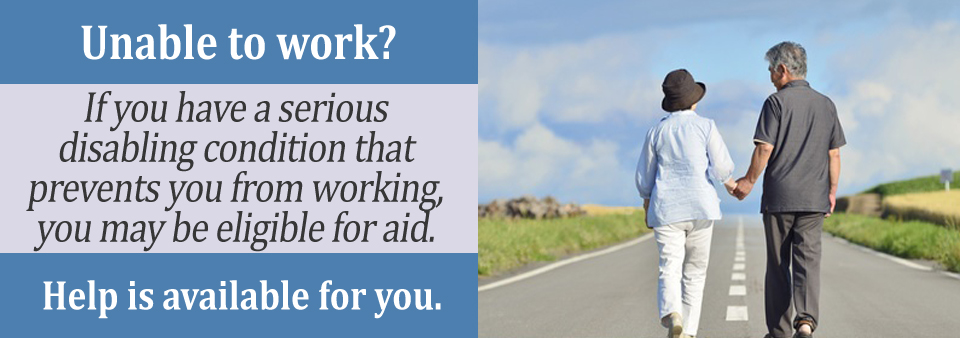The SSA publishes data on what conditions qualify for disability. According to this data, in 2019 there were more than 110,000 workers who received disability benefits because of vision loss or blindness. The claims process is complex, and you must provide detailed documentation to support your vision loss.
What Makes Vision Loss Unique For The SSA
Vision loss is a unique condition for the SSA. If you are suffering from vision loss, there is a higher substantial gainful activity (SGA) that you can have. The SGA is your amount of monthly earnings. With vision loss, you can earn higher than an individual with another medical condition and still be approved for disability benefits.
To qualify for disability, you must not be able to engage in substantial gainful activity (SGA). An individual who earns more than a certain amount of monthly amount is considered to be engaging in SGA and cannot receive disability benefits. As of 2020, SGA is $1,260 monthly for those who are disabled but who are not blind. It is $2,110 per month for those who are blind, so that is a considerable difference.

Applying For Disability With Vision Loss
The SSA awards disability benefits for vision loss other than it does for other medical conditions. If an individual who is blind is self-employed, then the time he or she spends working in his or her business is not evaluated the same as it is for those who do not have vision loss. Those who are not blind cannot work more than 45 hours per month with his or her business and still receive disability benefits. Individuals with vision loss can work more hours in his or her business just so long as their net profit averages out to the SGA or less.
There are different listings for individuals who have vision loss. Listing 2.02 applies to loss of central visual acuity, Listing 2.03 is for contraction of the visual field in the better eye, and listing 2.04 is for loss of visual efficiency, or visual impairment. You will need to provide detailed medical records, including visual test results that indicate the severity of your vision loss and how it affects your ability to perform routine tasks as well as work and earn a living.
If you cannot meet the specific criteria of a listing, your claim can be approved using a medical vocational allowance. This approach takes your age, work history, transferrable skills, educational background, and other factors into consideration to determine if you can work, and if you can, what kind of work you are capable of doing.
Steps To Take Before Applying
If you are ready to apply for disability benefits because of vision loss, you should gather supporting evidence, especially medical records. You should also consult with a legal professional who is experienced in the disability claims process. Complete the Free Case Evaluation Form on this page to share your details with an attorney who handles such claims in your area.